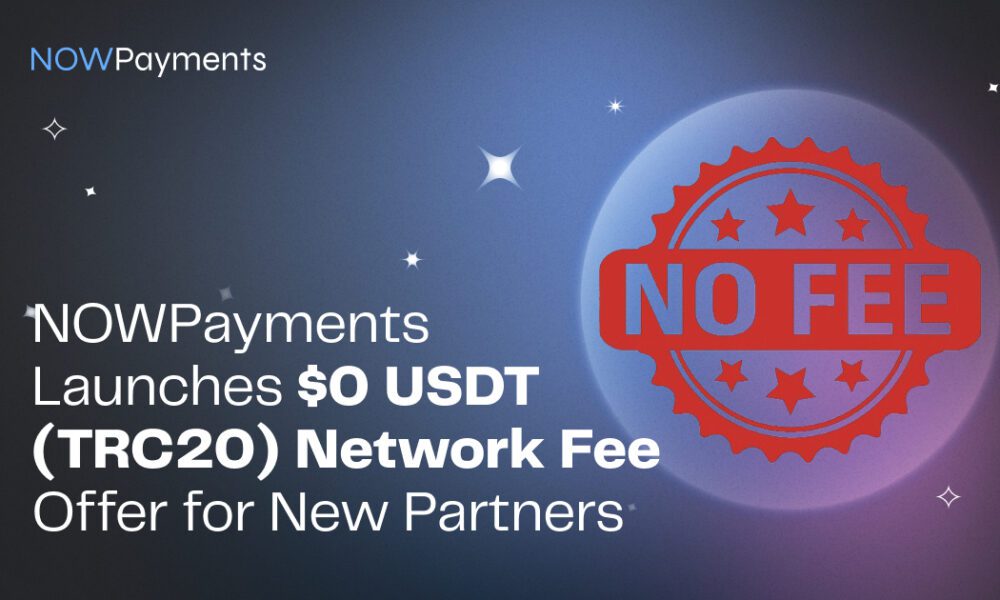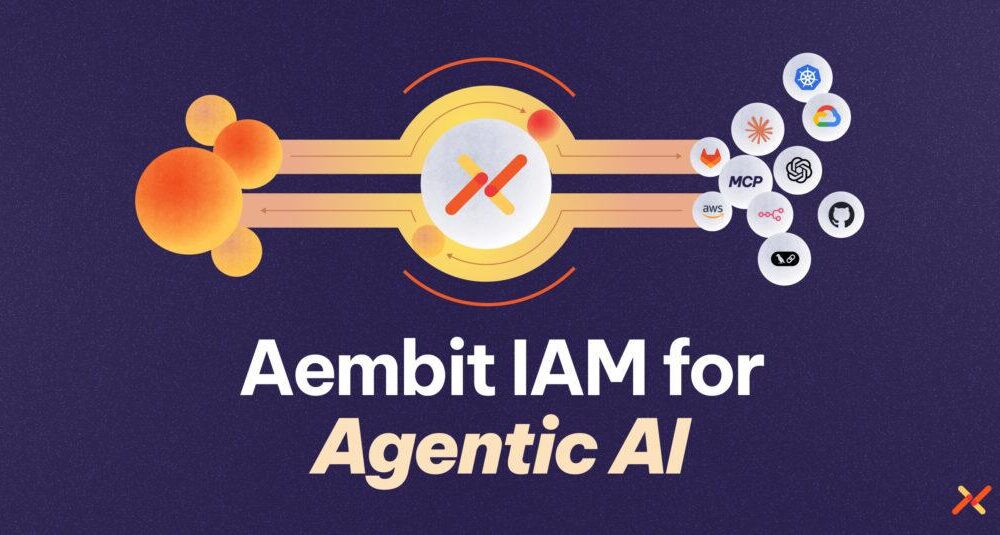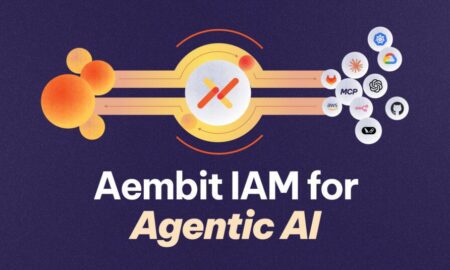As 2026 approaches, the cryptocurrency landscape is evolving from speculative markets to practical financial infrastructure. Crypto adoption is no longer confined to enthusiasts or traders—it is increasingly integrated with everyday payments, institutional finance, and real-world applications. Platforms like Coinsdrom, a regulated exchange supporting BTC and ETH, highlight these developments to help users understand crypto’s transformative potential, without offering investment guidance.
1. Stablecoins as the Backbone of Everyday Crypto Use
Stablecoins have emerged as the leading on-chain vehicle for payments and digital settlements. In 2025, their total supply exceeded $300 billion, reflecting not short-term speculation, but structural adoption in treasury management, DeFi lending, and tokenized real-world assets (RWAs).
Analysts now track stablecoin velocity—the ratio of transaction volume to market capitalization—as a key indicator of genuine usage. High velocity signals active transactions, while low velocity indicates hoarding. For everyday users, this means stablecoins are increasingly usable for digital payments, cross-border remittances, and seamless integration with traditional finance.
2. Tokenized Real-World Assets (RWAs) Expand
2025 saw significant growth in tokenized real-world assets. Treasuries, bonds, and institutional-grade properties are being brought on-chain, linking traditional finance and DeFi in ways previously considered experimental.
Institutions now use these tokenized assets to anchor liquidity and facilitate regulated, compliant transactions. This trend is important for crypto users because it signals a shift from purely digital speculation to tangible, yield-generating assets accessible through secure blockchain networks.
3. DePIN and DeSci: Infrastructure Meets Utility
Decentralized Physical Infrastructure Networks (DePIN) and Decentralized Science (DeSci) platforms are moving from hype to practical adoption. Networks like Helium, Hivemapper, and Render are creating functional decentralized infrastructure and research financing models, integrating crypto into everyday productivity sectors.
By 2026, users will increasingly encounter crypto in real-world contexts—whether in decentralized connectivity, computing, or scientific collaboration—reinforcing the idea that crypto is not just an investment vehicle but a utility-enabled ecosystem.
4. Layer-2 Solutions and Scalability
High transaction costs and slow block times remain challenges for major networks like Ethereum and Bitcoin. Layer-2 solutions—such as ZK-rollups, optimistic rollups, and Solana Virtual Machine–based chains—are scaling throughput while reducing fees.
These upgrades make decentralized applications and DeFi protocols more practical for everyday users, enabling faster transactions and expanding crypto’s real-world usability.
5. Integration with Traditional Finance Systems
2026 is expected to see deeper integration between crypto networks and traditional financial institutions. Institutional adoption of tokenized assets, stablecoins, and DeFi protocols is creating a bridge between regulated markets and on-chain ecosystems.
Platforms like Coinsdrom help users understand these developments. While Coinsdrom does not hold user assets or provide investment services, it highlights trends and technological shifts in crypto, ensuring that users are informed about how blockchain increasingly intersects with mainstream finance.
6. NFTs and Digital Identity Evolution
NFTs are moving beyond collectibles into functional roles. From fractionalized real estate to membership access and identity verification, NFTs are evolving into digital credentials for finance and social interaction. Users should view NFTs as gateways into broader blockchain ecosystems rather than regular sources of income or assets.
Final Thoughts
2026 promises to be a year of consolidation and practical adoption for crypto. Stablecoins, tokenized assets, decentralized infrastructure, and Layer-2 scalability are all positioning cryptocurrency as a viable tool for payments, productivity, and financial inclusion. Platforms like Coinsdrom provide users with regulated access to BTC and ETH while covering these trends, helping the broader public understand the expanding real-world relevance of crypto.



































